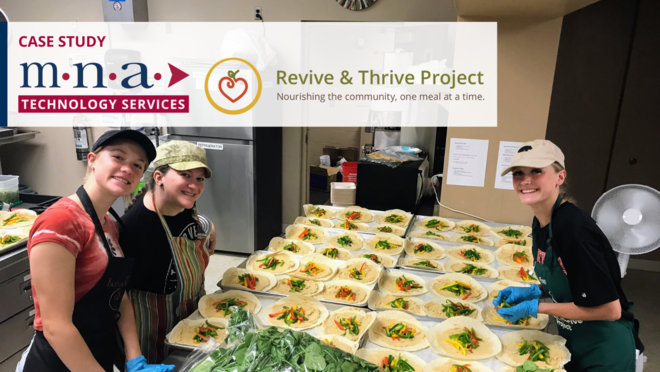How Data Impacts Nonprofits
- Posted On
- Category
Data is changing how nonprofits conduct business—everything from fundraising to marketing, programming, and operations.
When we collect, track, and analyze data, we can measure the work that nonprofits are doing in local communities. Some of that data includes collecting the demographic information of nonprofit board and staff members.
And while we believe in this practice, it can feel clunky in execution if your organization has not operationalized this. Just how might we move away from making guesses or one-off check-in with your team (“Hey, sorry to bother you, how does Alexis identify racially again?”) to an approach that might affirm each other’s full lived experiences?
Well, our friends at Data Driven Detroit have created this downloadable Google Form for you to use at your organization to begin collecting demographic information of your staff and board. Instructions for how to download and use it for your purposes are pdf here.
We are especially mindful of how data and information have been weaponized against communities of color, and also how disclosing this information may feel incredibly extractive. Hopefully, building in steps that allow for your staff and board to provide informed consent on disclosing this information could help engender trust in the practice.
Some best practices for you to consider and weigh as you build your demographic collection tool:
- Working with your leadership team and your operations/HR staff to ensure that the information collected is housed within the right department and held with confidentiality.
- Sharing the survey tool with your staff in a meeting, with an honest conversation about why this information is being asked for, and how it may be used. Provide an opportunity for staff to ask questions and offer feedback if you’re able.
- Having language on the collection tool itself or in the invitation that acknowledges this information is voluntarily shared and maybe gives staff/board some insight on how this information might be used.
- Consider building a practice where this might be filled when new staff members join your team and provide opportunities to update and/or change their minds.
If you want to see how this process could look like in action, Community Centric Fundraising recently shared a blog post of an organization working through these steps themselves. This blog post is incredibly thoughtful and offers more nuance and insight to this process.
It might be easier to just text people and check in on how they identify. It certainly might take a little less time. But by taking the time to invite participation from your staff and/or board into the process, you are creating a process and culture that affirms and validates different lived experiences.


